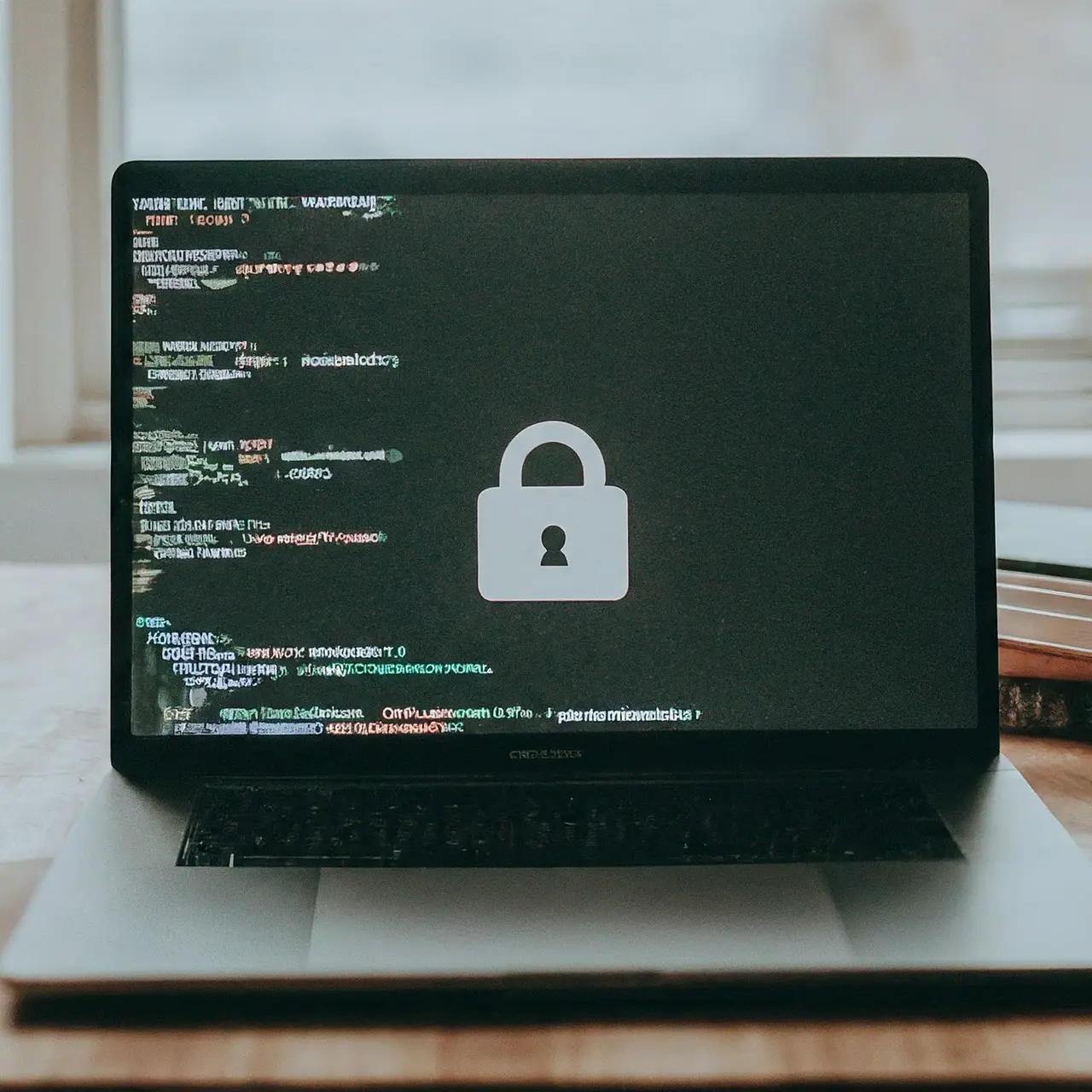Embark on a journey to demystify the intriguing world of cybersecurity penetration testing. In a friendly and conversational tone, we’ll dive into what it is, why it’s crucial, and how it fortifies our digital defenses.
Defining Cybersecurity Pen Testing
Cybersecurity penetration testing, often called pen testing, is like a health check-up for your computer’s security. Imagine a world-class team of digital doctors, who, instead of curing diseases, find vulnerabilities in the security of your software before the wrong people do. By simulating cyber attacks under controlled conditions, they help secure the system against real-life threats.
At its core, the aim is to probe for weaknesses that could potentially be exploited by hackers, identifying them for the security teams. This process goes beyond automated network scans, including a mixture of manually executed tests tailored to the specific environment being assessed, offering a bespoke security evaluation.
The Importance of Pen Testing in Today’s Digital Age
In today’s interconnected world, security breaches are not just common; they’re expected. Pen testing stands as the first line of defense, identifying and fixing vulnerabilities before they’re exploited. It’s essential in protecting sensitive data from cybercriminals, ensuring that personal, financial, and corporate information remains confidential and intact.
The implications of not conducting regular pen tests can be catastrophic, ranging from financial losses to damaging the reputation of a business. In essence, pen testing is not just about protecting data, but it’s also about safeguarding a company’s future.
Types of Cybersecurity Penetration Testing
There are various flavors of pen testing, each with its focus and approach. Black box testing is like a surprise quiz, where the tester knows very little about the system ahead of time. White box testing is the opposite, providing the tester with complete system information. And then there’s gray box testing, a blend of both, offering some insights into the system but not everything.
Each type serves a unique purpose, from assessing the outer defenses in black box tests to deep internal scrutiny with white box tests. Knowing which type to employ depends largely on the specific security objectives and the resources available.
The Pen Testing Process: How it’s Done
The pen testing process can be likened to a military operation, carefully planned and executed in phases. It starts with planning, understanding the target environment and determining the scope. Reconnaissance follows, gathering intelligence on the target. Then, the actual testing phase begins, identifying vulnerabilities and exploiting them to gauge their severity. Finally, the reporting phase documents the findings, providing actionable insights and recommendations for fortification.
What distinguishes a skilled pen tester is not just their technical expertise but also their creativity and persistence, thinking outside the box to uncover vulnerabilities that automated systems might overlook.
Common Tools and Techniques in Pen Testing
Pen testers have an arsenal at their disposal. Tools like Metasploit, used for exploiting weaknesses, Nmap, for mapping network vulnerabilities, or Wireshark, a network protocol analyzer, are staples in their toolkit. But the magic doesn’t end with tools; techniques and the strategic use of these tools are what truly make a difference.
Social engineering, for instance, exploits human error rather than software flaws, demonstrating how pen testers must adapt to the ever-evolving cybersecurity landscape.
Real-world Examples of Pen Testing Success Stories
Consider the case of a well-known financial institution that, through rigorous pen testing, identified a flaw in their mobile application, potentially saving millions in fraudulent transactions. Or the tech company that, thanks to a comprehensive pen test, avoided a data breach, securing their users’ data and preserving their reputation.
These stories are not just tales of avoidance but testimonials to the proactive stance against cyber threats, showcasing pen testing as an invaluable asset in the cybersecurity arsenal.
How to Get Started with Cybersecurity Pen Testing
Embarking on the pen testing journey begins with a mindset geared towards continuous improvement. Familiarize yourself with the basics of cybersecurity, understand different testing methodologies, and consider investing in courses or certifications like OSCP (Offensive Security Certified Professional) to gain a solid foundation.
Equally important is staying up-to-date with the latest cybersecurity trends and threats. Joining forums, attending webinars, and participating in hackathons can provide hands-on experience and insights, enriching your understanding and skills in pen testing.
Why Pen Testing is Your Digital Guardian
Understanding cybersecurity pen testing is the first step towards safeguarding digital information. Whether you’re a business owner, IT professional, or just a curious netizen, embracing the principles of pen testing can significantly elevate your security posture. It’s about being proactive in a world where digital threats are constantly evolving.




